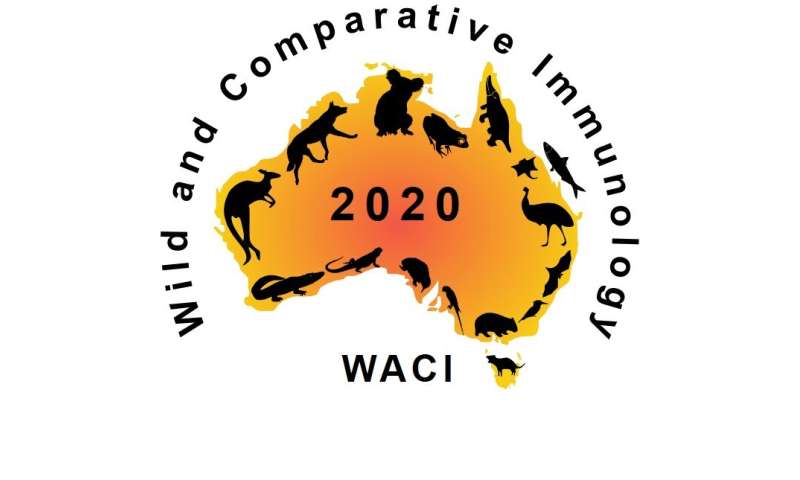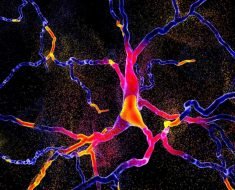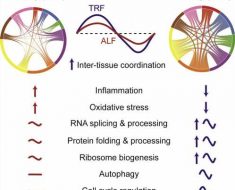
In an article published today in Science, a multidisciplinary research team from morethan 10 universities and research institutes outlines how integrating a more diverseset of species and environments could enhance the biomedical research cycle.The viruses that cause COVID-19, AIDS, Ebola, and rabies—among others—allmade the lethal jump from wildlife into humans. Understanding how the immunesystem works in animals that live with coronaviruses in a natural environment, suchas bats, can give us direction for developing treatments and vaccines to protecthumans from viruses.
Lead author, Dr. Andrew Flies from the Menzies Institute for Medical Research at theUniversity of Tasmania, says this is not a new concept.
“The very first vaccine arose from observing people interacting with animals in a realworldenvironment. Specifically, milkmaids who acquired a mild cowpox infectionfrom cows were protected from the deadly smallpox. That observation led to the ideaof inoculating people with non-lethal viruses to protect them from deadly viruses.This type of discovery can only be made by studying new species in variableenvironments.”
Modern research relies heavily on mouse experiments in laboratory settings, whichlimits the scope for this type of ground-breaking discovery. For example, a new classof antibodies, often referred to as nanobodies, was discovered in camels. Easier andfaster to make than traditional antibodies used in biomedicine, camel-derivednanobodies are playing an import role in biomedical research, including the globalCOVID-19 response. This shows how stepping out of the lab and studying newspecies can yield large long-term payoffs.
“We are really excited to see how our initial group discussions held at the firstAustralian Wild and Comparative Immunology (WACI) workshop (https://www.wacimmuno.com/ ) led to publishing a Perspective article in a worldleading journal”, said co-author Dr. Jerome Le Nours, from the BiomedicineDiscovery Institute at Monash University, who was co-organiser of the WACImeeting.
“There are many excellent wildlife and disease ecologists, veterinarian scientists andimmunologists in Australia, and beyond. We hope that our contribution will inspirethem to seek mutually beneficial, inter-disciplinary collaboration” said AssociateProfessor Anne Peters, Monash University, co-author and consortium collaborator.
WACI Consortium collaborator and co-author, Associate Professor Julie Old fromWestern Sydney University, said it’s important for immunology research to includemore diverse species. “If we want to evolve our understanding of the immunesystem, and potentially get ahead of any future pandemics, the research communityneeds to expand. We need to broaden our scope, and bring new species and newenvironments into the research paradigm.”
”Realising wild immunology needs initiatives like the WACI Consortium that harnessthe wide expertise of scientists and diverse technologies within individual areas’ saysAssociate Professor Michelle Power from Macquarie University. “The risks ofemerging infectious diseases are not going away. We need new ideas, new toolsand dynamic collaboration to address them”.
Source: Read Full Article





